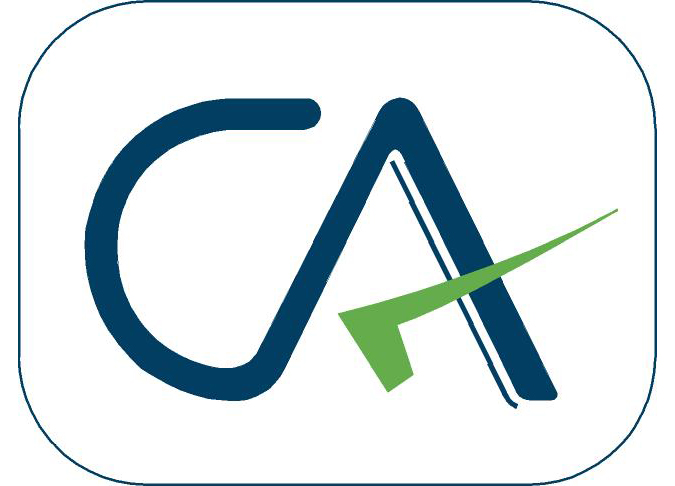Project Report Preparation and Feasibility Studies
Projected Profitability Statement and Balance Sheet
All businesses, whether they are young or established, depend on the timing of their revenues and expenses. Even if sales are more than expenses, cash must still be received in time to cover expenses as they come due. It’s important to evaluate your costs, both recurring (such as rent, salary, and vendor payments) and nonrecurring (like unforeseen repairs). Examining our discussion of cash flow is one method to go about doing this type of planning. You can use this to get a decent notion of the kind of analysis you should prepare for this section of your business plan.
Whether your organization is an established one or is just getting started will determine the kind of financial data you’ll need to perform this analysis. When drafting a company strategy, you must evaluate your resources and borrowing power. You will need to rely almost exclusively on financial estimates, though, as your company probably has minimal assets and no previous financial history.


Ratio Analysis
Financial statements typically fall short of meeting readers’ or stakeholders’ needs for initial information. In order for stakeholders to comprehend various aspects of the firm’s business and health in the corporate statement, the data given in these statements should be in some manner.
Business owners can interpret ratio analysis to comprehend a company’s financial situation without needing to be well-versed in accounting and bookkeeping.
Break- Even Analysis
When determining when you will break even financially, a break-even analysis compares the costs of a new business, service, or product against the unit sale price. In other words, it indicates the time when you will have generated enough revenue to pay for all of your expenses. You won’t have made a profit or lost money by that time.


Cash Flow and Fund Flow Analysis
Cash and funds serve various corporate purposes and aid in developing financial plans. Cash is the tangible currency that is on hand at a business. However, a business’s funds make up all of its financial resources. A company’s financial health can be evaluated using key financial statements including cash flow and fund flow. But there is a significant distinction between cash flow and fund flow. Both statements have different functions for evaluating how well a firm is doing.
Manpower Requirement analysis
The business strategy for translating involves workload analysis and personnel planning. The goals of the programs will be decided by a review of corporate strategy.
To document the existing workload conditions for each working unit and to address issues with the organizational structure or business processes, focus groups will be conducted.
The analysis’s validity will be guaranteed by the quantitative technique. The organization’s constraints will be taken into consideration while designing time-motion studies, time-spent calculations, field observations, business target modeling, etc.


Capital Investment analysis
Companies and governmental organizations use capital investment analysis as a budgeting technique to evaluate the prospective profitability of a long-term investment. Long-term investments, such as those in fixed assets like machinery, equipment, or real estate, are evaluated using capital investment analysis. Finding the choice that can provide the maximum return on investment is the aim of this approach. Businesses may employ a variety of approaches to conduct capital investment analysis, which entails computing the cost of financing, the risk-return of the project, and the expected value of projected future cash flows from the project.
